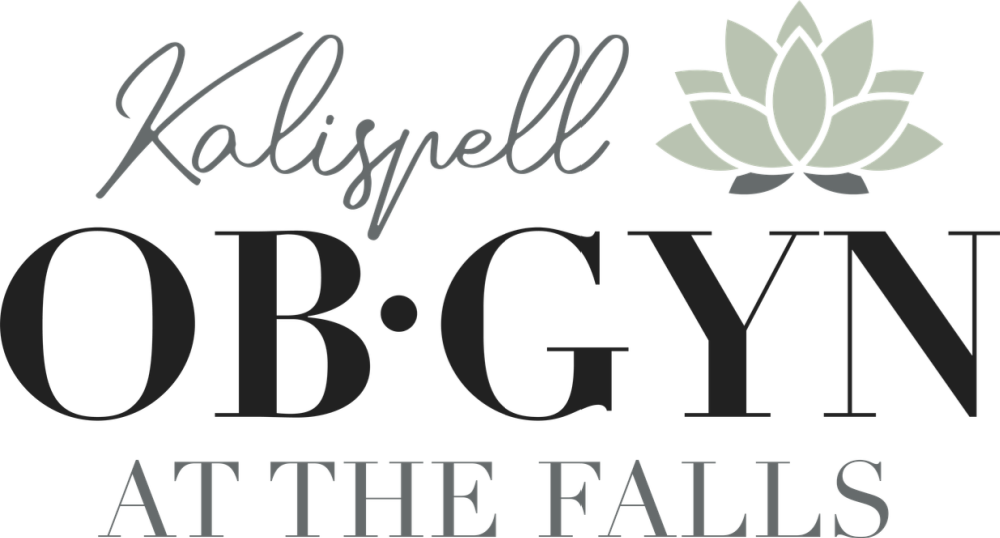What happens during the menstrual cycle?
Menstruation doesn’t need to be a mystery. So let’s decode this mysterious feminine cycle and find out what’s really happening to our bodies during those 28 days.
In the first half of the cycle, levels of estrogen (the “female hormone”) start to rise. Estrogen plays an important role in keeping you healthy, especially by helping you to build strong bones and to help keep them strong as you get older. Estrogen also makes the lining of the uterus (womb) grow and thicken. This lining of the womb is a place that will nourish the embryo if a pregnancy occurs. At the same time the lining of the womb is growing, an egg, or ovum, in one of the ovaries starts to mature. At about day 14 of an average 28-day cycle, the egg leaves the ovary. This is called ovulation.
After the egg has left the ovary, it travels through the fallopian tube to the uterus. Hormone levels rise and help prepare the uterine lining for pregnancy. A woman is most likely to get pregnant during the 3 days before or on the day of ovulation. Keep in mind, women with cycles that are shorter or longer than average may ovulate before or after day 14.
A woman becomes pregnant if the egg is fertilized by a man’s sperm cell and attaches to the uterine wall. If the egg is not fertilized, it will break apart. Then, hormone levels drop, and the thickened lining of the uterus is shed during the menstrual period.
See how the menstrual cycle works by clicking on the image below.

Menstruation and the menstrual cycle fact sheet was reviewed by:
Lawrence M. Nelson, M.D.
Investigator
National Institute of Child Health & Human Development
National Institutes of Health
